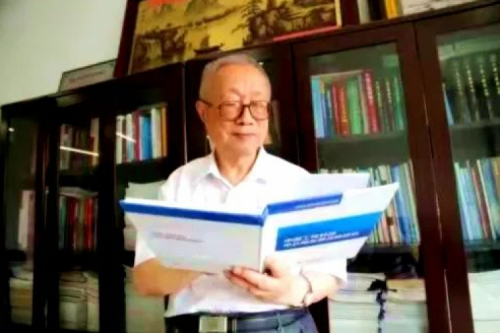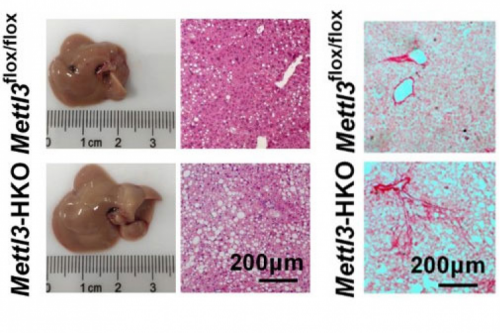Written by: Hua Wen
Translated by: Kang Ran
Edited by: D. Parker
Date: 2017-11-20
Recently, two research groups led by Wang Zhijiang, associate Professor from the School of Chemistry and Chemical Engineering of Harbin Institute of Technology (HIT) and theoretical computational chemist William A. Goddard from California Institute of Technology working together made great progress in the field of electrocatalytic reduction of CO2. Their research results were published in the top journal in the field of chemical material, Journal of the American Chemical Society (JACS, 2017, 139, 15608−15611, impact factors 13.885). The title of the paper is “Ultrahigh Mass Activity for Carbon Dioxide Reduction Enabled by Gold−Iron Core−Shell Nanoparticles”. HIT is the first communication unit for this paper.
This paper is the extension and development of a multi-year study on the interface of physical chemistry and electrochemistry conducted by the School of Chemistry and Chemical Engineering of HIT. The research results have important guiding significance for the design of a high performance catalyst. If this kind of high performance catalyst is produced, it will have great potential for CO2 energy and the chemical industry. In light of these factors, this paper was selected as the cover article of JACS. It has been highly recommended and commented on by editors from Spotlights.
The reduction of CO2 to CO, methane and other carbon-based energy provides both a “green” strategy to decrease CO2 concentration in the atmosphere and an appealing approach to store renewable energy, a great example of “killing two birds with one stone”. The electrocatalytic reduction of CO2 is considered one of the most promising transformation technologies to convert CO2 to a resource, because this technology is green and good for environmental protection. It has high efficiency and low energy conversion. Au-based catalysts can reduce CO2 to CO with high selectivity. However, its high cost and poor stability limit its application for industry. The synthesized Au–Fe alloy catalyst can not only improve the catalytic performance, but also reduce the use of precious metals. It is an effective means to produce a new type of catalyst. This paper uses a method which is a combination of experimental science and theoretical calculations to produce high-quality Au-Fe alloy nanoparticles using the solvent thermal synthesis method. This material reduces high-activity CO2 to high value-added industrial raw material CO under ultra-low voltage. At the same time, the research reveals the internal mechanism of high activity and stability of Au-Fu alloy particles by a method combined with experiment and theory.
The research group led by associate Professor Wang Zhijiang has made significant contributions to the study on functionally-oriented crystalline materials. They produced the N2 electrocatalytic reductant by adjusting the microstructure leading to the conversion of NH3 under ultra-low voltage. This research was selected as a hot paper by the Journal of Materials Chemistry A in 2017. Important progress in the areas of controlling the electron transfer behavior at the interface and coupling the synergistic mechanism of wave-absorbing and electromagnetic shielding material has been made by Professor Wang and his team. Their achievements have been reported on the cover of many internationally renowned journals. They have been recognizes by domestic and foreign counterparts. Wang Zhijiang personally was rated as being in the top 10% of authors whose papers have been highly cited by the Royal Society of Chemistry in March, 2017.

Link to the paper:
http://pubs.acs.org/doi/10.1021/jacs.7b09251
Spotlights on recent JACS publications:
http://pubs.acs.org/doi/pdf/10.1021/jacs.7b11543
Link to the cover of the paper:
http://pubs.acs.org/subscribe/covers/jacsat/jacsat_v139i044-2.jpg?0.30262611739666645




